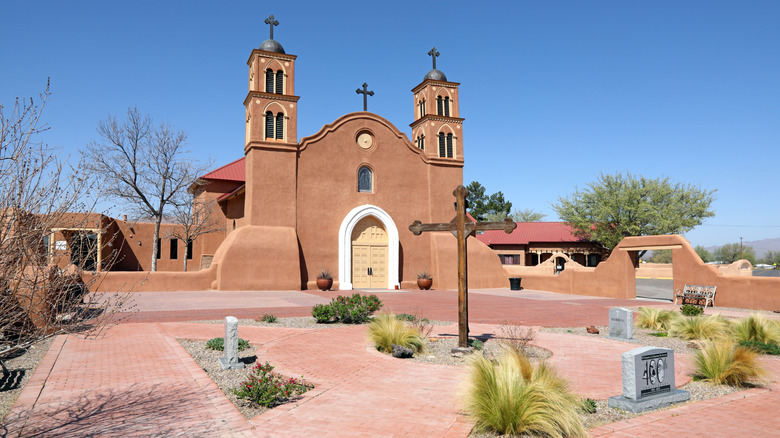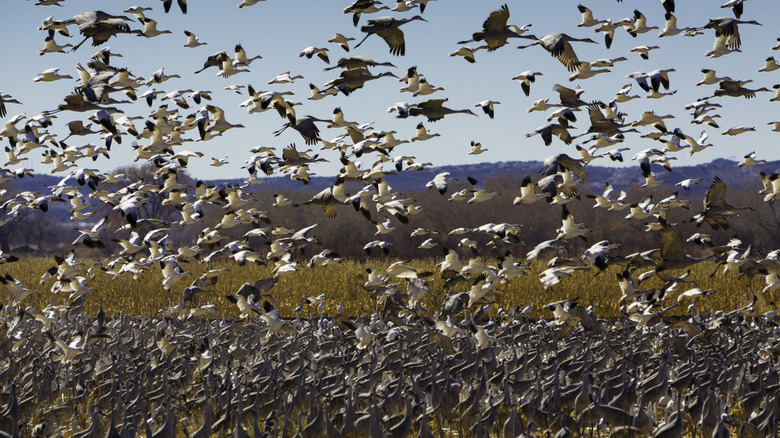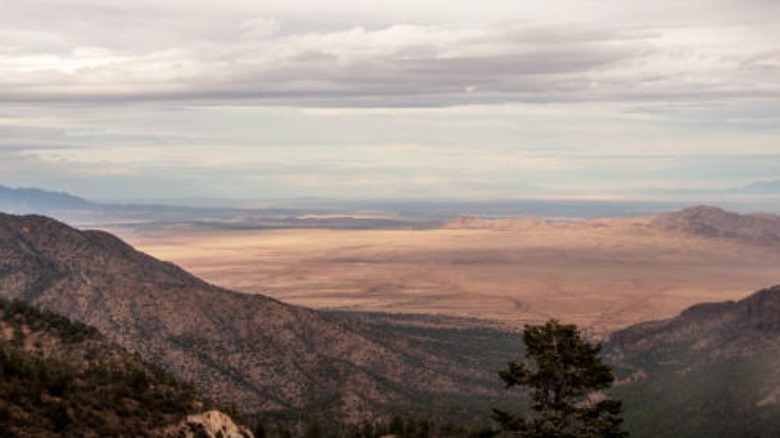Called the Land of Enchantment, New Mexico beguiles with its unique geological landscapes and visible connection to early human settlement at places like Taos Pueblo, an enchanting 1,000-year-old UNESCO World Heritage Site, and Bandelier National Monument, a stunning landscape of canyons, mesas, cliffs, and petroglyphs. What the uninitiated may not be aware of is that in the heart of New Mexico, a stunning wildlife migration occurs at the end of every year. Thousands of sandhill cranes gather in a wildlife refuge on the outskirts of the underrated town of Socorro in a magnificent display of the pure beauty of the natural world.
An hour south of Albuquerque and with a population 16,000, Socorro has a long and fascinating history with a mix of Native American, Hispanic, and Old West influences. The nearby White Sands Missile Range was the site of the first atomic bomb test and the area is also technologically relevant today. One of the world’s foremost astronomical observatories – the Karl G. Jansky Very Large Array Radio Telescopes — and the New Mexico Institute of Mining and Technology attract scientists and engineers from around the globe. Centuries ago, Socorro was an important stop on El Camino Real, a route connecting Mexico and Santa Fe. A full 22 years before the Mayflower landed, Europeans traveling on El Camino Real arrived in Socorro in 1598; the San Miguel Mission Church remains from this period. Socorro was abandoned due to the Pueblo Revolt in 1680 and was resettled in 1815.
Birding in Socorro, New Mexico
Birders on the lookout for red-faced warblers, ash-throated flycatchers, and western tanagers head to Water Canyon, 16 miles west of Socorro. Those looking for the canyon towhee, Scott’s oriole, and gray vireo go to The Box, 7.5 miles west of Socorro.
The major draw for avian enthusiasts though is Bosque del Apache National Wildlife Refuge, 18 miles south of Socorro. One of the top 10 birding refuges in the U.S. according to the Audubon Society, the 57,331-acre refuge has 368 observed species including bald eagles, peregrine falcons, and yellow-billed cuckoos, but the sandhill cranes and snow geese are the main attraction from October to February. Their numbers are at their peak in early December when the annual Festival of Cranes draws wildlife enthusiasts and photographers to witness the magical sight of thousands of birds in flight in the early morning and early evening hours. Join an ornithologist-led bird walk, hear tips from wildlife photography experts, or explore on your own. The refuge has nature trails and a 12-mile car tour loop that points out observation decks and viewing windows.
Sandhill cranes are magnificent creatures that grow up to five feet tall and have a wingspan of six-and-a-half feet. The population here is estimated at 27,000 and snow geese are estimated to number around 70,000. White with wings tipped in black, snow geese have made a remarkable recovery in the last century coming back from critical endangerment to having robust numbers bordering on overpopulation, leading to sanctioned hunting.




